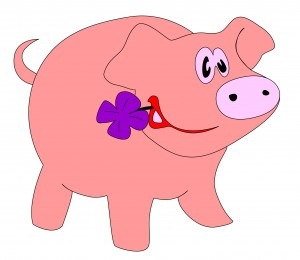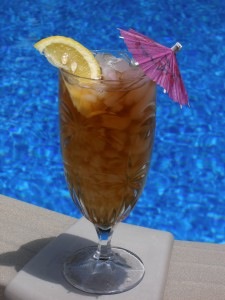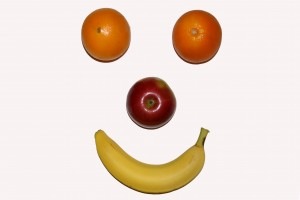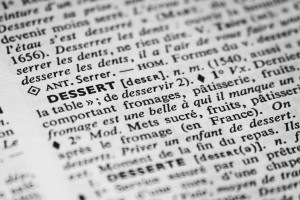You’ve been eating all day. Eating everything – a bagel for breakfast, a chesse Danish for a midmorning snack, lunch with some friends. This is followed by a latte in the afternoon – and why not a cute cupcake to go with – or perhaps it’s a workday and you amble down to the hall to the vending machine or the snack room. Oh, and it’s someone’s birthday so there’s that delicious birthday cake sitting in the middle of the table. A little nibble of some cheese around six. Uh oh. Dinner plans that night – how can you eat more?
Somehow There Always Seems To Be Room
Into the restaurant. A darn good one. Good company, too. How can you not go for it? The food is supposed to be phenomenal. You’re not hungry, but you eat, and eat. Appetizer, entrée, bread, salad, and then it’s time for dessert. But dessert sounds appealing. And the chocolate whatchamacallit is what this restaurant is known for. You order it and eat it – every last fork full.
What Gives (certainly not your waistband)?
Amazingly, the signal to stop eating is usually not because your stomach is full (except in some extreme cases), but, according to Brian Wansink, PhD, author of the book, Mindless Eating, a combination of things like how much you taste, chew, swallow, how much you think about the food you are eating, and how long you’ve been eating.
Incredibly, the faster most people eat, the more they eat. Eating quickly doesn’t give your brain the chance to get the message that you’re not hungry any more. Research shows that it takes up to 20 minutes for your body and brain to get the message — a satiation signal — and realize that you’re full. Think how much you can eat in that time span of 20 minutes – a burger, fries, pie, pizza, ice cream. This calorie fest is all in added time — the time after your stomach is full but your brain hasn’t gotten the message yet.
Twenty Minutes Or Less
Research has shown that Americans start and finish their meals — and clear the table — in less than 20 minutes. A study published in the journal Appetite, found that people eating lunch by themselves in a fast food restaurant finish in 11 minutes, they finish in13 minutes in a workplace cafeteria, and in 28 minutes at a moderately priced restaurant. Eating with three other people takes about twice as long – which ends up still being a really short chunk of time.
SocialDieter Tip:
Slow down when you eat. Give your brain a chance to catch up. How many times have you devoured what you’ve made or bought for lunch and then, almost immediately, decided that you’re still hungry? So, you eat a whole bunch more – once again in a short period of time. Then, about half an hour later, as your belly feels like it’s going to explode and you can’t unbutton any more buttons on your pants – you realize that you should have stopped before the seconds. With slower eating (and maybe as some research suggerst, more chewing) and better pacing, your brain has a chance to synch its signals with the messages generated by putting food in your stomach. You can even make yourself get up from the table and do something else – and promise yourself if you’re still hungry in 20 minutes you can have more. If you’re in a restaurant, it’s the perfect time to excuse yourself and go to the rest room. In most cases, after the 20 or so minutes, your belly and brain are both happy and you won’t want more to eat. Calories and uncomfortably expanding stomach saved!




